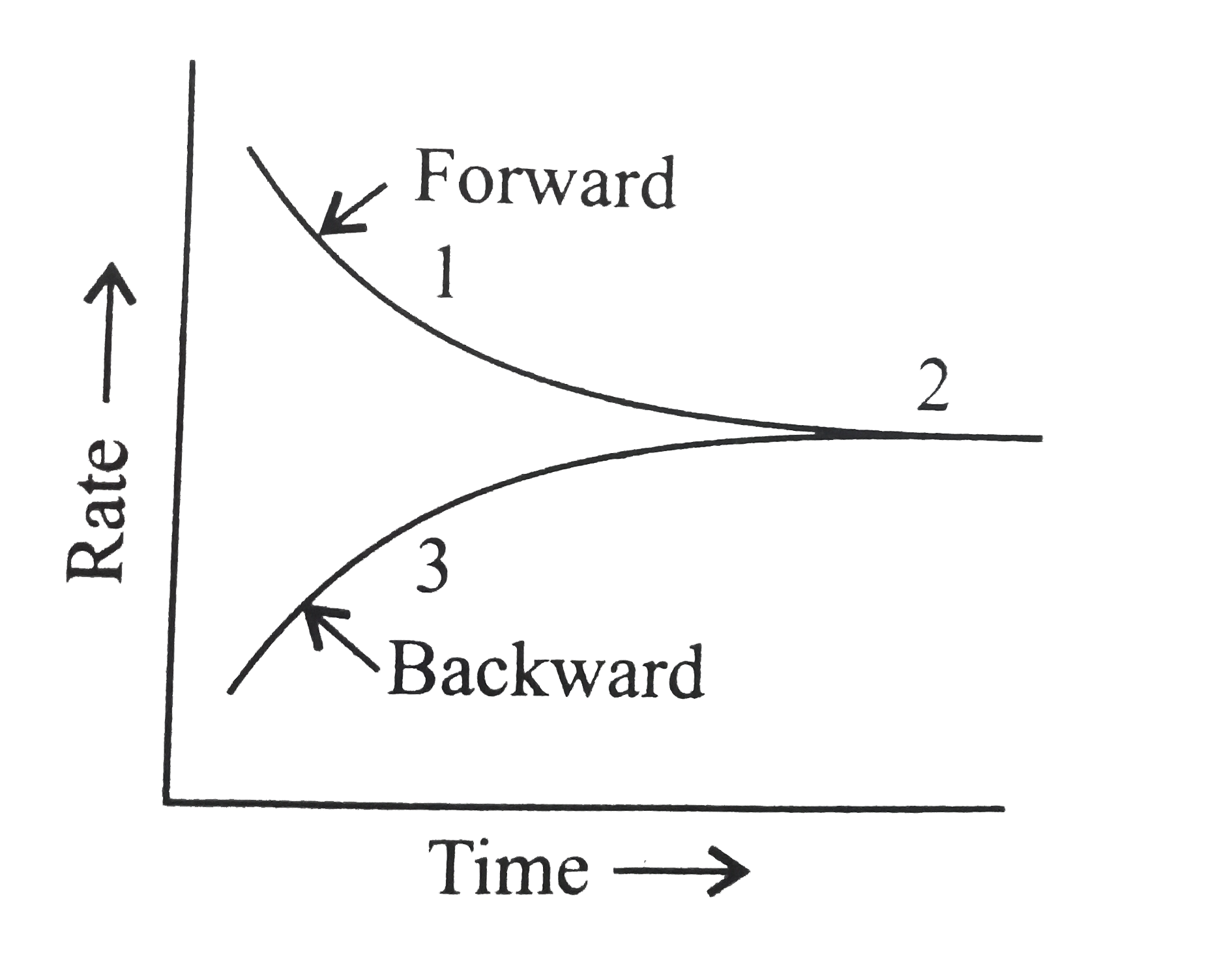Consider the following reactions and answer the following questions.
M(Double salt)+NH4Cl(s)+NH4OH→No ppt.
M(double salt)+NaOH solution→N↑+P↓ (coloured ppt.)
Q. P↓+conc. HCl→Q(coloured solution)
Incorrect statement about Q is:
It can exist in dimeric form
Its aqueous solution is acidic
It is used in methylene blue test for H2S
On passing Cl2 gas colour of aqueous solution of Q changes
The correct Answer is:C
Topper's Solved these Questions
- TYPES OF REACTIONSBOOK - VK JAISWAL ENGLISHCHAPTER - TYPES OF REACTIONSEXERCISE - ONE OR MORE ANSWERS IS/ARE CORRECT
40 Videos
- TYPES OF REACTIONSBOOK - VK JAISWAL ENGLISHCHAPTER - TYPES OF REACTIONSEXERCISE - MATCH THE COLUMN
14 Videos
- TYPES OF REACTIONSBOOK - VK JAISWAL ENGLISHCHAPTER - TYPES OF REACTIONSEXERCISE - LEVEL 2
196 Videos
- s-BLOCK ELEMENTSBOOK - VK JAISWAL ENGLISHCHAPTER - s-BLOCK ELEMENTSEXERCISE - SUBJECTIVE PROBLEMS
2 Videos
Similar Questions
Consider the following reactions and answer the following questions.
M(Double salt)+NH4Cl(s)+NH4OH→No ppt.
M(double salt)+NaOH solution→N↑+P↓ (coloured ppt.)
Q. Reaction does not occur with salt M and gas N:
View SolutionConsider the following reactions and answer the following questions.
M(Double salt)+NH4Cl(s)+NH4OH→No ppt.
M(double salt)+NaOH solution→N↑+P↓ (coloured ppt.)
Q. Which of the following pair of cations are present in salt M?
View SolutionConsider the following salts. Which one(s) when dissolved in water will produce an acidic solution?
1. NH4Cl , 2. KHSO4 , 3. NaCN , 4. KNO3
View SolutionConsider the following salts. Which one(s) when dissolved in water will produce a basic solution?
1. RbClO4 , 2. NaNO2 , 3. NH4Cl , 4. NaCl
View SolutionArrange the following 0.1M solutions in order of increasing pH:
H2CO3,HBr,HI,NH3,KCN,NaOH,NH4Br
View SolutionWhich of the following nitrate salt solution neither produce ppt. with excess NaOH nor with excess NH4OH solution?
View SolutionWhich of the following aqueous solution of cation(s) give(s) white ppt. with NaOH and NH4OH solution and formed ppt. is/are further completely dissolved in one of the excess reagent?
View SolutionMass action rato or reaction quotient Q for a reaction can be calculate using the law of masss action
A(g)+B(g)⇔C(g)+D(g)
Q=[C][D][A][B]
The value of Q decides whether the reaction is at equilibrium or not.
At equilibrium, Q=K
For an equilibrium process, Q≠K
when Q>K, reaction will favour backward direction and when Q<K, it will favour direction.
Answer the following questions:
In the reaction:
NH4Cl(g)⇔NH3(g)+HCl(g)
a graph is plotted to show that the variation or the rate of forward and backward reaction against time.
Which of following is correct?

View SolutionAssertion In aqueous solution Mohr' s salt gives NH⊕4Fe2+ and SO2−4 ions
Reason Mohr' s salt is a double salt .
View SolutionIn Which of the following respective volume ratios should 0.1MNH4OH solution & 0.1MHCl solution be mixed so that the resulting solution behaves like a buffer solution.?
View Solution

